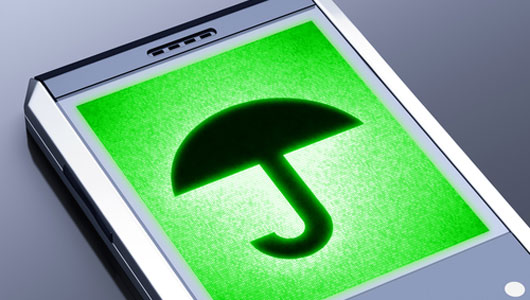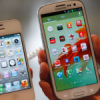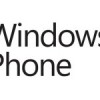The National Weather Service’s new Wireless Emergency Alerts system offers a new way to warn Americans about menacing weather, even if they are nowhere near a television, radio or storm sirens. Millions of smartphone users will soon begin receiving text messages about severe weather from a sophisticated government system that can send a blanket warning to mobile devices in the path of a dangerous storm.
When a warning is issued for a specific county, a message of no more than 90 characters will cause late-model smartphones in that area to sound a special tone and vibrate.
Users do not have to sign up for the service or pay for the text message. And people who prefer not to get the warnings can opt out of the system.

The system does not yet work with all smartphones or in all areas. It is part of a broader alert network the Federal Emergency Management Agency launched in April that can also send public-safety warnings from the president and participating state and local governments. But the weather service estimates that more than 90 percent of the messages will be about storms.
The weather warnings will include tornadoes, hurricanes, typhoons, tsunamis, flash floods, extreme winds, blizzards and ice and dust storms. Designers were concerned about overloading users with too much information, so they deliberately limited the messages to warnings, not watches, and excluded severe thunderstorm warnings, weather service spokeswoman Susan Buchanan said.
One unanswered question is when the legions of Apple iPhone users will be able to receive alerts. Buchanan said iPhones are supposed to join the system in the fall, but she didn’t know if that means only new iPhones, or if software upgrades will make older models capable, too. Representatives of Apple Inc., which is highly secretive about its product upgrades, did not respond to several messages seeking details.
The system doesn’t use the satellite-based global positioning system to determine a phone’s location. Participating carriers just send an alert out from every cell tower in the affected county, and capable smartphones pick it up.



